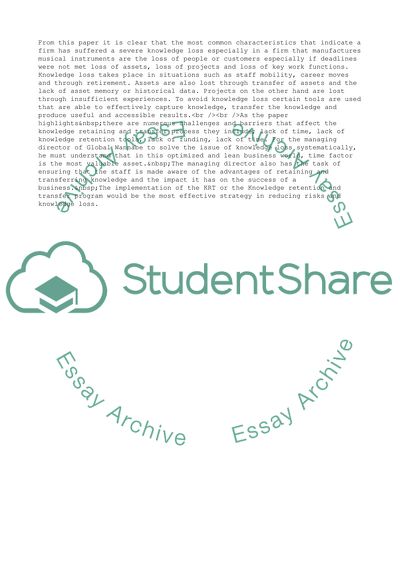Cite this document
(“Knowledge Management & Business Assignment Example | Topics and Well Written Essays - 1250 words”, n.d.)
Knowledge Management & Business Assignment Example | Topics and Well Written Essays - 1250 words. Retrieved from https://studentshare.org/management/1700853-knowledge-management-business
Knowledge Management & Business Assignment Example | Topics and Well Written Essays - 1250 words. Retrieved from https://studentshare.org/management/1700853-knowledge-management-business
(Knowledge Management & Business Assignment Example | Topics and Well Written Essays - 1250 Words)
Knowledge Management & Business Assignment Example | Topics and Well Written Essays - 1250 Words. https://studentshare.org/management/1700853-knowledge-management-business.
Knowledge Management & Business Assignment Example | Topics and Well Written Essays - 1250 Words. https://studentshare.org/management/1700853-knowledge-management-business.
“Knowledge Management & Business Assignment Example | Topics and Well Written Essays - 1250 Words”, n.d. https://studentshare.org/management/1700853-knowledge-management-business.


